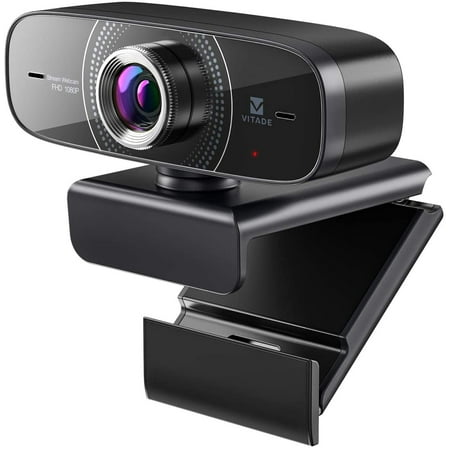EVGA GeForce RTX 3070 XC3 ULTRA GAMING 8GB Graphic Card
The EVGA GeForce RTX 3070 is powered by the NVIDIA Ampere architecture. Built with enhanced RT Cores and Tensor Cores, new streaming multiprocessors, and high-speed G6 memory, it gives you the power you need to rip through the most demanding games at 1440p resolution.
The EVGA GeForce RTX 3070 is powered by the NVIDIA Ampere architecture. Built with enhanced RT Cores and Tensor Cores, new streaming multiprocessors, and high-speed G6 memory, it gives you the power you need to rip through the most demanding games at 1440p resolution. Combined with the next generation of design, cooling, and overclocking with EVGA Precision X1, the EVGA GeForce RTX 3070 Series creates a definition for ultimate performance.
- EVGA iCX3 Cooling
- Adjustable ARGB LED
- 3rd Gen Tensor Cores
- Real Boost Clock: 1770 MHz; Memory Detail: 8192 MB GDDR6.
- Real-time ray tracing in games for cutting-edge, hyper-realistic graphics.
- Triple HDB Fans iCX3 Technology offer higher performance cooling and much quieter acoustic noise.
- All-metal backplate & adjustable ARGB
- Item Weight: 3.19 pounds
- Product Dimensions: 10.62 x 1.7 x 4.38 inches
Additional information
| Features | Built for EVGA Precision X1 |
|---|---|
| Manufacturer Part Number | 08GP53755KR |






Reviews
There are no reviews yet.